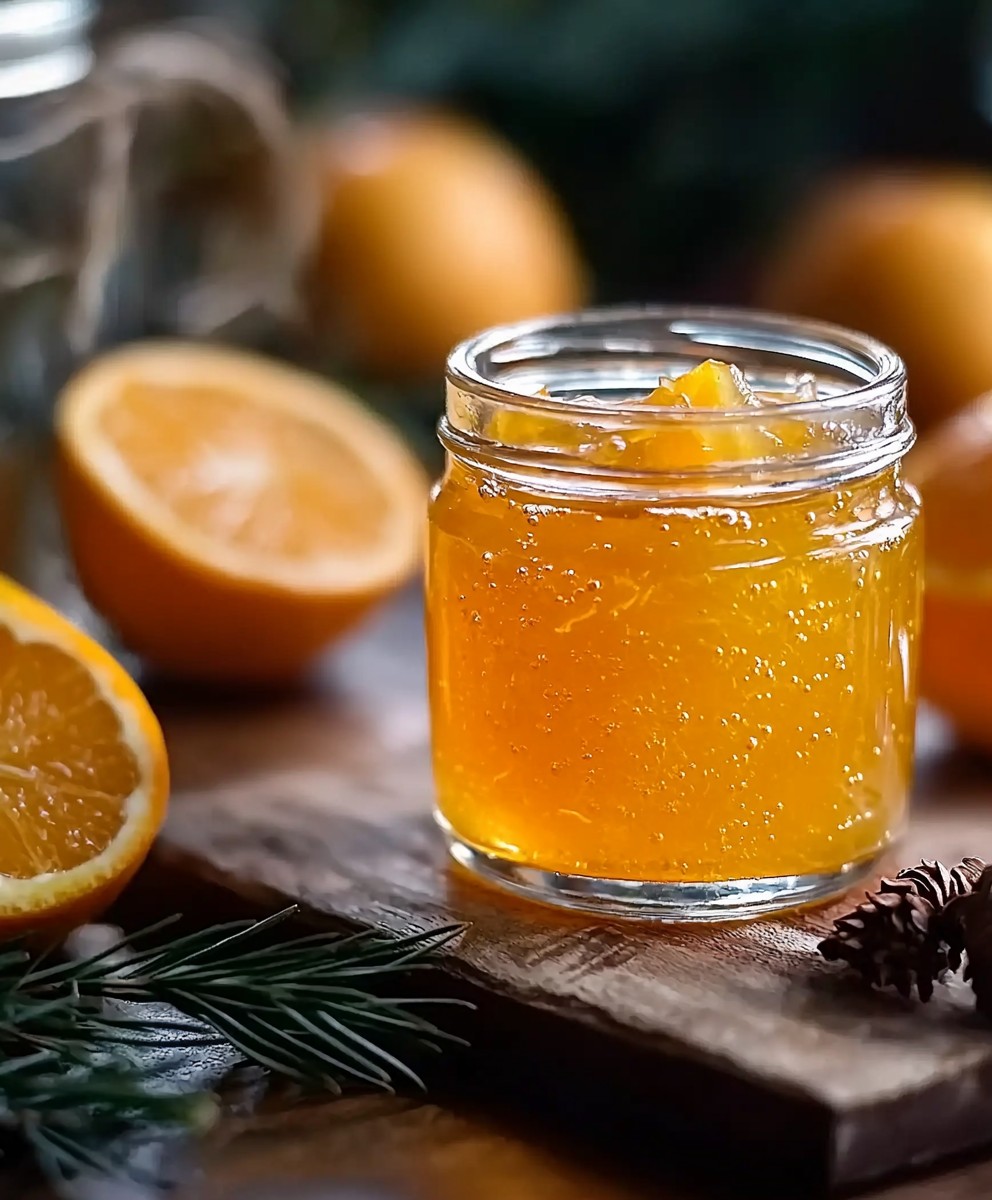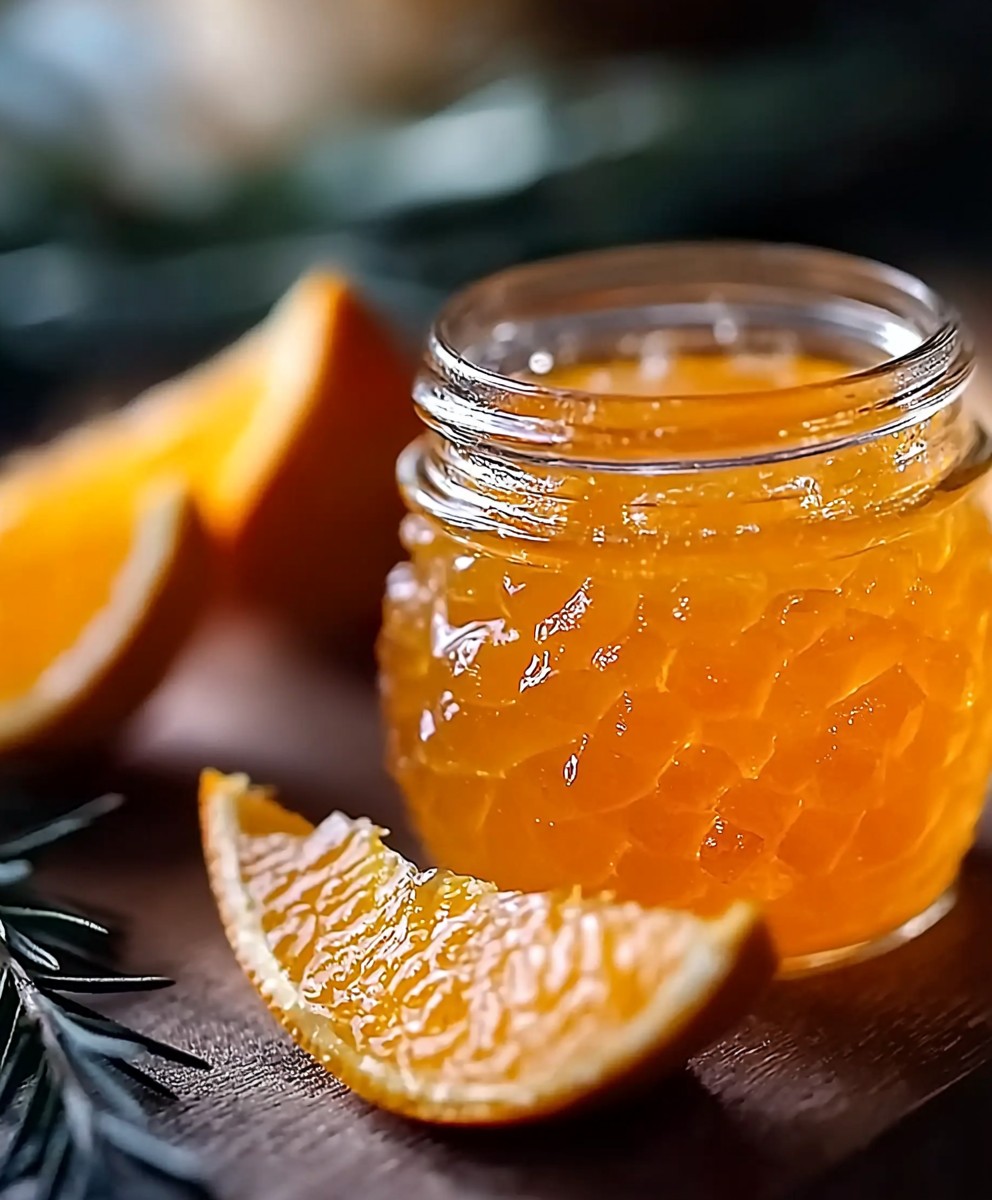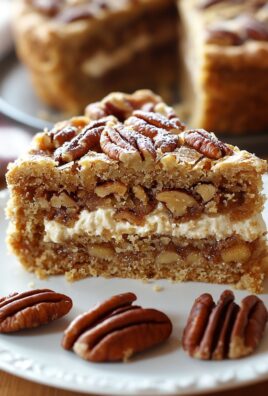Orange Syrup: a vibrant, citrusy elixir that transforms ordinary dishes into extraordinary culinary experiences. Have you ever tasted something so bright and sunny that it instantly lifted your spirits? That’s the magic of this simple yet incredibly versatile syrup. I remember the first time I tasted it, drizzled over warm pancakes on a crisp autumn morning pure bliss!
While the exact origins of using citrus syrups are difficult to pinpoint, the practice of preserving fruits in sugar dates back centuries, with variations found across numerous cultures. From the Mediterranean to Asia, the sweet and tangy flavors of citrus have been cherished and incorporated into countless recipes. This particular orange syrup recipe draws inspiration from those traditions, offering a modern twist on a classic technique.
But what makes this syrup so beloved? It’s the perfect balance of sweet and tart, the bright aroma that fills your kitchen as it simmers, and the sheer versatility it offers. People adore it for its ability to elevate everything from breakfast staples like waffles and French toast to desserts like ice cream and cakes. It’s also fantastic in cocktails, adding a zesty kick to your favorite drinks. Plus, it’s incredibly easy to make with just a few simple ingredients, making it a convenient way to add a touch of sunshine to any meal. So, let’s dive in and discover how to create this liquid gold!
Ingredients:
- 2 cups granulated sugar
- 1 cup water
- Zest of 2 large oranges, preferably organic
- 1 cup freshly squeezed orange juice (from about 4-6 oranges)
- 1 tablespoon lemon juice (optional, but enhances flavor and acts as a preservative)
- 1/2 teaspoon orange blossom water (optional, for a more floral aroma)
Making the Orange Syrup: Step-by-Step
- Combine Sugar and Water: In a medium-sized, heavy-bottomed saucepan, combine the granulated sugar and water. Make sure the saucepan is clean to avoid any crystallization issues later on.
- Add Orange Zest: Add the zest of the two oranges to the saucepan. The zest contains the essential oils that will give the syrup its intense orange flavor. Be careful to only zest the outer layer of the orange peel, avoiding the white pith underneath, as it can be bitter. I like to use a microplane zester for this, as it creates very fine zest that releases its flavor quickly.
- Heat and Dissolve: Place the saucepan over medium heat. Stir constantly with a wooden spoon or heat-resistant spatula until the sugar is completely dissolved. You should no longer see any sugar granules at the bottom of the pan. This usually takes about 5-7 minutes.
- Bring to a Simmer: Once the sugar is dissolved, bring the mixture to a gentle simmer. Reduce the heat slightly if necessary to prevent it from boiling vigorously. You want a steady simmer, not a rolling boil.
- Cook the Syrup: Continue to simmer the syrup, without stirring, for about 8-10 minutes. This allows the water to evaporate and the syrup to thicken slightly. Keep an eye on it, as it can easily burn if the heat is too high. The syrup is ready when it coats the back of a spoon. To test this, dip a spoon into the syrup, then lift it out and run your finger across the back of the spoon. If the syrup separates and doesn’t immediately run back together, it’s ready.
- Add Orange Juice: Remove the saucepan from the heat. Carefully pour in the freshly squeezed orange juice. Be prepared for it to bubble up a bit when it hits the hot syrup.
- Add Lemon Juice (Optional): If using, add the lemon juice to the syrup. The lemon juice not only brightens the flavor but also helps to prevent the syrup from crystallizing.
- Add Orange Blossom Water (Optional): If using orange blossom water, add it now. Start with a small amount (1/2 teaspoon) and taste. You can add a little more if you like, but be careful not to overdo it, as it can be quite potent.
- Stir to Combine: Gently stir all the ingredients together until they are well combined.
- Strain the Syrup: Place a fine-mesh sieve lined with cheesecloth (if you have it, it’s not essential) over a heat-proof bowl or jar. Carefully pour the hot syrup through the sieve to remove the orange zest and any impurities. This will result in a smoother, clearer syrup.
- Cool and Store: Allow the syrup to cool completely at room temperature. As it cools, it will thicken further. Once cooled, transfer the syrup to an airtight container, such as a glass jar or bottle. Store in the refrigerator for up to 2-3 weeks.
Tips and Tricks for Perfect Orange Syrup
- Use Fresh, High-Quality Oranges: The flavor of your syrup will only be as good as the oranges you use. Choose oranges that are heavy for their size and have a vibrant color. Organic oranges are preferable, especially since you’re using the zest.
- Don’t Overcook the Syrup: Overcooking the syrup can result in a hard, candy-like consistency. Keep a close eye on it and test it frequently as it simmers.
- Adjust Sweetness to Taste: If you prefer a less sweet syrup, you can reduce the amount of sugar slightly. However, keep in mind that sugar acts as a preservative, so reducing it too much may shorten the syrup’s shelf life.
- Experiment with Flavors: Feel free to experiment with other citrus fruits, such as grapefruit or blood oranges. You can also add spices like cinnamon sticks, cloves, or star anise to the syrup while it simmers for a more complex flavor. A vanilla bean, split and scraped, would also be delicious.
- Prevent Crystallization: Crystallization can occur if there are any sugar crystals clinging to the sides of the saucepan. To prevent this, you can brush down the sides of the pan with a wet pastry brush while the syrup is simmering. The lemon juice also helps to prevent crystallization.
- Sterilize Your Jars: If you plan to store the syrup for an extended period, it’s a good idea to sterilize your jars before filling them. You can do this by boiling the jars and lids in water for 10 minutes.
- Use a Heavy-Bottomed Saucepan: A heavy-bottomed saucepan will distribute heat more evenly and prevent the syrup from scorching.
Ways to Use Your Homemade Orange Syrup
This orange syrup is incredibly versatile and can be used in a variety of ways. Here are just a few ideas:
- Cocktails and Mocktails: Use it to sweeten and flavor cocktails like margaritas, daiquiris, and old fashioneds. It’s also delicious in mocktails with sparkling water or club soda.
- Pancakes and Waffles: Drizzle it over pancakes, waffles, or French toast for a burst of citrusy flavor.
- Ice Cream and Yogurt: Use it as a topping for ice cream, yogurt, or granola.
- Cakes and Cupcakes: Brush it over cakes and cupcakes to keep them moist and add a hint of orange flavor. You can also use it to soak sponge cakes.
- Marinades and Glazes: Use it in marinades for chicken, pork, or fish. It also makes a delicious glaze for roasted vegetables.
- Tea and Coffee: Add a spoonful to your tea or coffee for a touch of sweetness and orange flavor.
- Salad Dressings: Whisk it into salad dressings for a sweet and tangy flavor.
- Baking: Incorporate it into baked goods like muffins, scones, and cookies.
- Orangeade: Simply mix the syrup with cold water to make a refreshing orangeade. Adjust the ratio of syrup to water to your liking.
Troubleshooting Your Orange Syrup
Sometimes, things don’t go exactly as planned. Here are some common problems you might encounter when making orange syrup and how to fix them:
- Syrup is Too Thick: If your syrup is too thick, it means you’ve cooked it for too long and too much water has evaporated. To fix this, simply add a little water back to the syrup and heat it gently until it thins out to the desired consistency.
- Syrup is Too Thin: If your syrup is too thin, it means you haven’t cooked it for long enough. Continue to simmer the syrup over low heat until it thickens to the desired consistency. Be sure to test it frequently to avoid overcooking.
- Syrup is Crystallized: If your syrup has crystallized, it means that sugar crystals have formed. This can happen if there were sugar crystals on the sides of the pan or if the syrup was disturbed while it was simmering. To fix this, add a tablespoon of lemon juice or a pinch of cream of tartar to the syrup and heat it gently until the crystals dissolve. Brushing down the sides of the pan with a wet pastry brush can also help.
- Syrup is Burnt: If your syrup is burnt, there’s not much you can do to save it. Unfortunately, you’ll have to discard it and start over. Be sure to use a heavy-bottomed saucepan and keep a close eye on the syrup while it’s simmering to prevent burning.
- Syrup Doesn’t Taste Orangey Enough: If your syrup doesn’t have enough orange flavor, you can add more orange zest or orange juice. You can also try using a higher-quality orange juice or adding a few drops of orange extract.
Variations on the Recipe
Once you’ve mastered the basic orange syrup recipe, you can start experimenting with different variations. Here are a few ideas to get you started:
- Spiced Orange Syrup: Add a cinnamon stick, a few cloves, or a star anise to the syrup while it’s simmering for a warm, spiced flavor.
- Ginger Orange Syrup: Add a few slices of fresh ginger to the syrup while it’s simmering for a zesty, aromatic flavor.
- Vanilla Orange Syrup: Add a split vanilla bean to the syrup while it’s simmering for a rich, creamy flavor.
- Blood

Conclusion:
This Orange Syrup recipe is more than just a sweetener; it’s a burst of sunshine in a bottle, a versatile ingredient that will elevate your culinary creations from ordinary to extraordinary. I truly believe that once you’ve tasted the vibrant, citrusy goodness of homemade orange syrup, you’ll never reach for the store-bought stuff again. The difference is simply undeniable.
Why is this a must-try? Because it’s incredibly easy to make, requiring only a few simple ingredients and minimal effort. Because it’s bursting with fresh, natural orange flavor, unlike the artificial taste often found in commercial syrups. And because it’s so incredibly versatile, lending itself to a wide array of uses that will tantalize your taste buds.
Imagine drizzling this luscious orange syrup over a stack of fluffy pancakes or waffles on a lazy Sunday morning. Picture yourself stirring it into your iced tea or lemonade for a refreshing citrus twist. Envision using it as a glaze for roasted chicken or pork, adding a touch of sweetness and tanginess that will make your taste buds sing. The possibilities are truly endless!
But the fun doesn’t stop there! Feel free to experiment with variations to create your own signature orange syrup. Add a pinch of cinnamon or cardamom for a warm, spicy note. Infuse it with fresh ginger for a zesty kick. Or, for a more sophisticated flavor profile, try adding a splash of orange liqueur or a few drops of orange blossom water.
Here are a few serving suggestions to get you started:
* Breakfast Bliss: Drizzle generously over pancakes, waffles, French toast, or crepes.
* Beverage Booster: Stir into iced tea, lemonade, cocktails, or sparkling water.
* Dessert Delight: Use as a topping for ice cream, yogurt, or cheesecake.
* Savory Sensation: Glaze roasted chicken, pork, or vegetables for a sweet and tangy flavor.
* Baking Buddy: Brush over cakes or muffins for added moisture and orange flavor.Don’t be afraid to get creative and explore the many ways you can incorporate this delicious orange syrup into your favorite recipes. I’m confident that you’ll discover new and exciting ways to enjoy its vibrant flavor.
I’m so excited for you to try this recipe and experience the magic of homemade orange syrup for yourself. It’s a simple pleasure that will bring a touch of sunshine to your day.
So, what are you waiting for? Gather your ingredients, follow the easy steps, and prepare to be amazed by the incredible flavor of this homemade Orange Syrup.
And most importantly, I would absolutely love to hear about your experience! Once you’ve made your own batch of this delightful syrup, please share your thoughts, variations, and serving suggestions in the comments below. Let’s inspire each other with our culinary creations and spread the joy of homemade goodness. Did you try it on ice cream? Did you add a special spice? Let me know! Your feedback is invaluable and helps me continue to create recipes that you’ll love. Happy cooking!
Orange Syrup: The Ultimate Guide to Making and Using It
A simple and versatile homemade orange syrup made with fresh oranges, sugar, and water. Perfect for cocktails, pancakes, desserts, and more!
Ingredients
- 2 cups granulated sugar
- 1 cup water
- Zest of 2 large oranges, preferably organic
- 1 cup freshly squeezed orange juice (from about 4-6 oranges)
- 1 tablespoon lemon juice (optional, but enhances flavor and acts as a preservative)
- 1/2 teaspoon orange blossom water (optional, for a more floral aroma)
Instructions
- Combine Sugar and Water: In a medium-sized, heavy-bottomed saucepan, combine the granulated sugar and water.
- Add Orange Zest: Add the zest of the two oranges to the saucepan.
- Heat and Dissolve: Place the saucepan over medium heat. Stir constantly until the sugar is completely dissolved (about 5-7 minutes).
- Bring to a Simmer: Once the sugar is dissolved, bring the mixture to a gentle simmer.
- Cook the Syrup: Continue to simmer the syrup, without stirring, for about 8-10 minutes, until it coats the back of a spoon.
- Add Orange Juice: Remove the saucepan from the heat. Carefully pour in the freshly squeezed orange juice.
- Add Lemon Juice (Optional): If using, add the lemon juice to the syrup.
- Add Orange Blossom Water (Optional): If using orange blossom water, add it now. Start with a small amount (1/2 teaspoon) and taste.
- Stir to Combine: Gently stir all the ingredients together until they are well combined.
- Strain the Syrup: Place a fine-mesh sieve lined with cheesecloth (if you have it, it’s not essential) over a heat-proof bowl or jar. Carefully pour the hot syrup through the sieve to remove the orange zest and any impurities.
- Cool and Store: Allow the syrup to cool completely at room temperature. Once cooled, transfer the syrup to an airtight container, such as a glass jar or bottle. Store in the refrigerator for up to 2-3 weeks.
Notes
- Use fresh, high-quality oranges for the best flavor.
- Don’t overcook the syrup, as it can become too thick or even burn.
- Adjust sweetness to taste by reducing the amount of sugar slightly.
- Experiment with other citrus fruits or spices for different flavor variations.
- Prevent crystallization by brushing down the sides of the pan with a wet pastry brush while simmering.
- Sterilize jars if storing for an extended period.
- A heavy-bottomed saucepan will distribute heat more evenly.





Leave a Comment